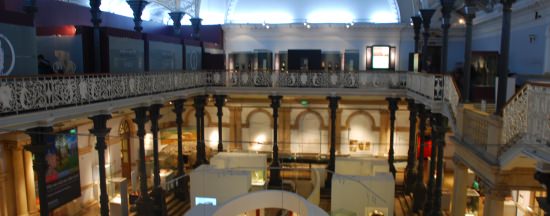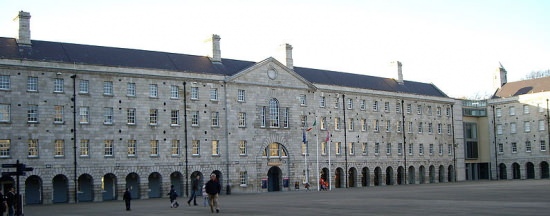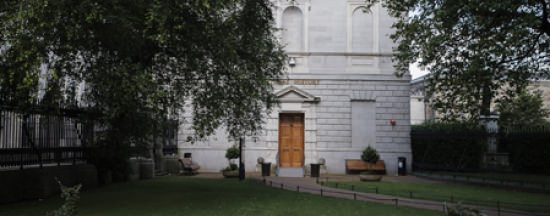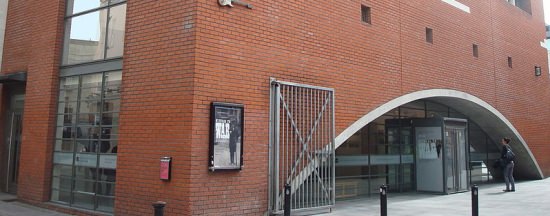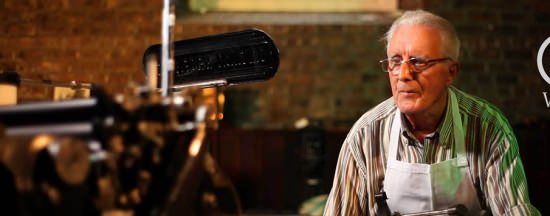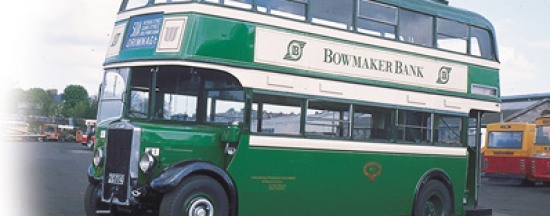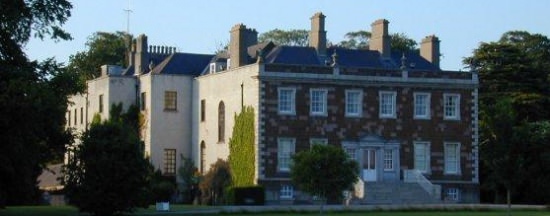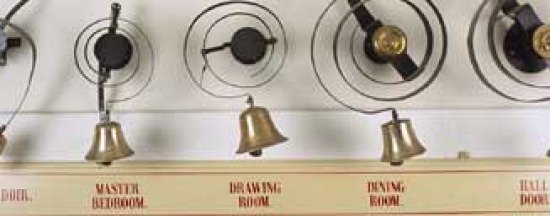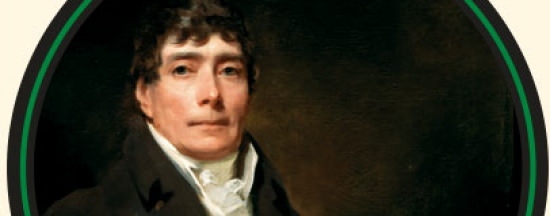The National Museum (Archaeology) is the national repository for all archaeological objects found in Ireland. It is home to over two million artefacts. See outstanding examples of Celtic and Medieval art, such as the Ardagh Chalice, the Tara Brooch and the Derrynaflan Hoard. Admire the finest collection of prehistoric gold artefacts in Europe.
Permanent collections at the Museum:
The Treasury
Ór – Ireland’s Gold
Prehistoric Ireland
Kingship and Sacrifice
Viking Ireland
Medieval Ireland 1150 – 1550
Ancient Egypt
Ceramics and Glass from Ancient Cyprus
Temporary Exhibitions at the Museum:
Clontarf 1014: Brian Boru and the Battle for Dublin – the Battle of Clontarf was fought a thousand years ago, on Good Friday (23rd April), 1014. Popular perception sees the battle as a great victory where the Christian king of Ireland, Brian Boru, defeated the pagan Vikings and drove them out of Ireland. But is this correct? The exhibition explodes myths and presents the evidence we have for what actually happened at Clontarf, what led up to the battle and what resulted from it.
Glendalough: Power, Prayer and Pilgrimage – Glendalough is one of Ireland’s most important monastic sites. The story of St Kevin became intertwined with landscape, buildings and objects as Christianity transformed medieval Ireland. Twenty-six objects which have never been exhibited before celebrate this special place.
Colmcille: Sacred objects of a Saint – 1500 years of devotion – Shrines of objects associated with saints were revered in the medieval period. These objects (“relics”) were held in containers known as reliquaries. This exhibition celebrates one of Ireland’s three patron saints through a selection of famous artefacts associated with him. These objects are enigmatic treasures, many of which were made over 1000 years ago. This exhibition also celebrates the remarkable story of their survival.
Opening Hours:
Tues to Sat: 10am – 5pm, Sun & Mon: 1pm – 5pm
May be open late on Thursdays during busy periods.
Open on Bank Holiday Mondays.
Free guided tours may be available, check the website for details.
Closed Good Friday, 25 & 26 Dec.
Temporary partial closures are not uncommon, so it is advised to check the website for updates.
Contact & Pricing:
museum.ie
[email protected]
Kildare Street, Dublin 2
Tel: 01 677 7444
Admission free
